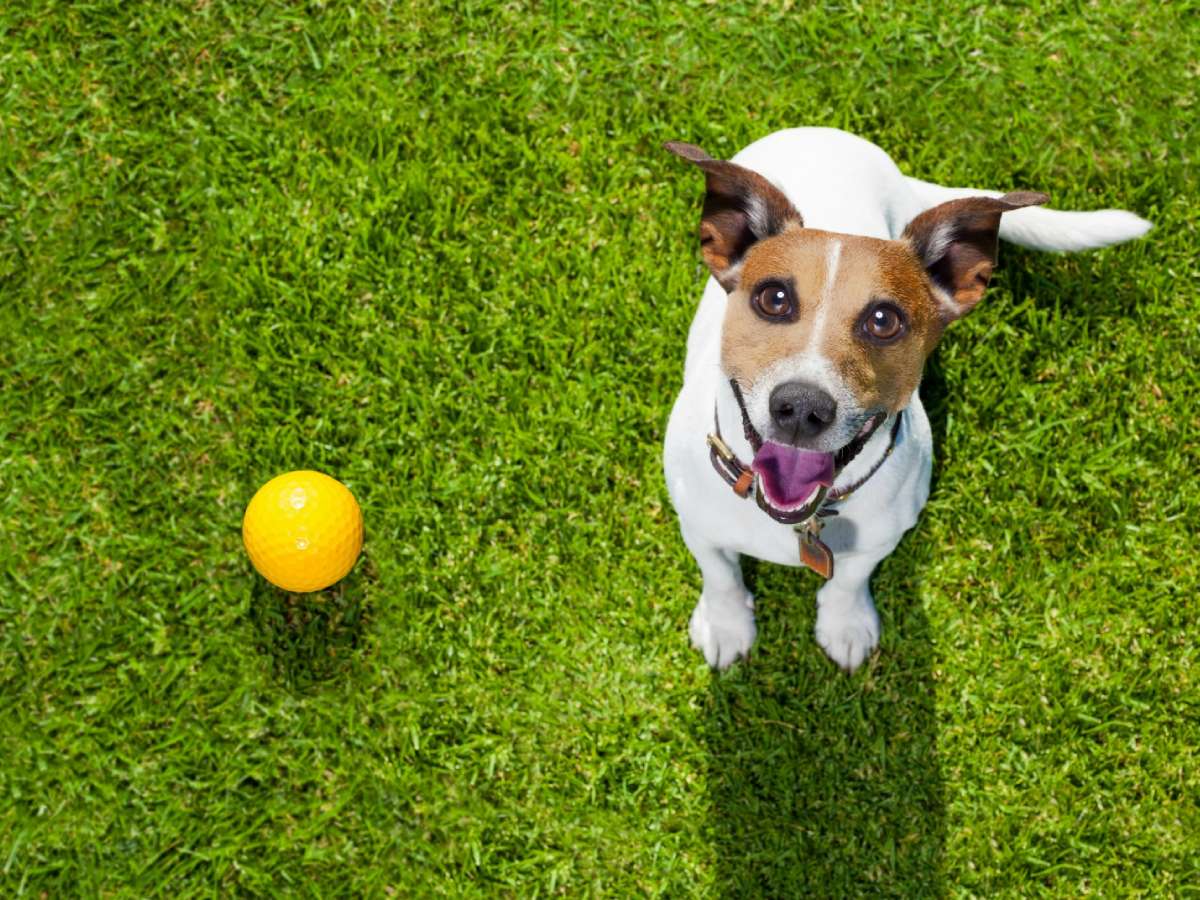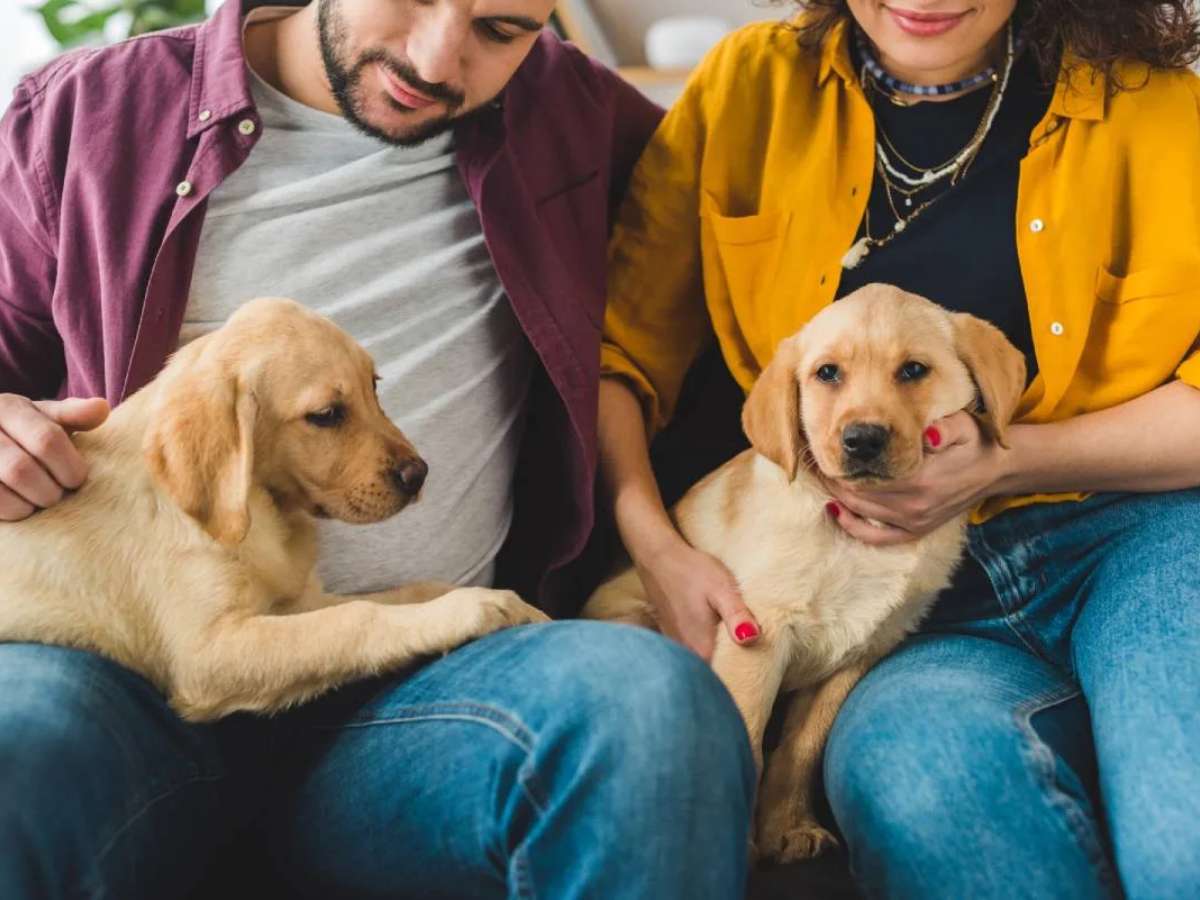 If you’ve got a new dog, then you probably want to find a professional dog trainer — sooner, rather than later — to help you teach your dog how to mind his manners and live a long happy life with you.
If you’ve got a new dog, then you probably want to find a professional dog trainer — sooner, rather than later — to help you teach your dog how to mind his manners and live a long happy life with you.
If you don’t, your ability to communicate with your dog will be limited at best and, as a result, your dog’s everyday behaviors will likely become chaotic and maybe even destructive over time.
A dog isn’t born knowing how to live comfortably in a home… with people. Even just a few dog obedience classes can make a world of difference!
Here’s how to find a professional dog trainer in your area, plus an overview of the styles of dog obedience training which are most common — so you’ll know what to expect…
How To Find A Professional Dog Trainer
When looking for a professional dog trainer to work with, keep in mind that there are many different types of dog obedience training programs and beliefs. Not everyone has the same style of teaching.
Your best bet is to base your decision on a trainer’s own reputation (either by “word of mouth” or references), combined with your personal understanding of that trainer’s basic dog training methods. You have to be comfortable with a trainer’s style in order for you to continue the training at home on your own.
In addition to asking other dog owners (like those you meet at the dog park, or at work, your child’s school, etc.) if they can recommend a professional dog trainer, you can also check these reputable sources online:
A list of the abbreviations associated with dog training certification.
What A Professional Dog Trainer Will Do For You
When going through dog obedience training, you will be teaching your dog the basic do’s and don’ts that are necessary in order for a dog to thrive and enjoy a long and healthy life in this world.
Your dog will learn the basic dog commands like how to sit, down, come, stay and heel, as well as learning things like “don’t jump on people” and how to walk on a leash without pulling.
We took both of our dogs through obedience training. We had a good professional dog trainer. She was really understanding… and patient. If a dog didn’t get something right away, she would say “Let’s put it on the back burner and get it out at another time.”
Training also requires that we understand the animal nature of dogs, their love of rules, ritual, food, and reinforcement. Let dogs be dogs—it’s an honorable thing to be. Because many owners prefer to view their pets as soul mates, therapists, ethereal beings, even mind-readers, we give them too much credit, make them too complex, muddying our communications. Source
Styles Of Dog Obedience Training
When it comes to dog training, the type of reinforcement used is the biggest difference:
- Some professional dog trainers believe in rewarding dogs with treats when they do what they’re asked to do. So, whenever your dog does something right, he gets an edible reward. On the flip side, if your dog doesn’t do what is asked of him, then he doesn’t get a treat. Your dog will quickly learn that it’s better to do what is asked of him — because he gets something good (and tasty!) in return.
- Other professional dog trainers reward with praise, instead of treats. In that case, whenever a dog does what is asked of him, he gets hugs, pets, and a lot of praise instead of a treat. When the dog doesn’t do what’s asked of him, he gets no praise. Depending on the dog, this can be just as effective as rewarding with treats — because most dogs crave attention and are eager to please.
- Many professional dog trainers prefer clicker training (or marker training) instead of rewarding with treats or praise. Initially, treats and praise may be used to associate the clicker sound with the fact that the dog has done something good, but clicker training primarily uses sounds, words, and clicker to encourage and reward a dog’s behavior. When a dog does what is asked of him, you say a certain word and then click the clicker to emit one click sound. Eventually, the dog knows that a single clicking sound means that he has done something good.
- Still other professional dog trainers will have you just use a leash and collar when training your dog. (Some prefer a choke chain or a pinch collar.) Important: if your dog obedience trainer wants you to be physical with your dog any time he doesn’t get something correct, then it’s time to find a new dog trainer.
Our dog trainer encouraged us to use harnesses on our dogs and to reward our dogs with treats. This worked for us and our dogs.
Get Dog Training Advice Over The Phone
Have you ever thought that meeting a dog trainer in person seems a little intimidating?
You might even feel that if your dog is not getting what the trainer is teaching in class, then you must not be doing something right.
Just remember that not all dogs catch on right away. Learning a new command might take 2 or 3 days of tr
aining for some dogs.
Good news: some dog trainers will provide assistance over the phone. If you have questions about training your dog, then it may be worth a call!
One of my friends had a problem with her dog barking all the time. She had good success with dog training sessions over the phone.
I have 2 Miniature Pinschers. My husband and I consider them our 4-legged kids.



